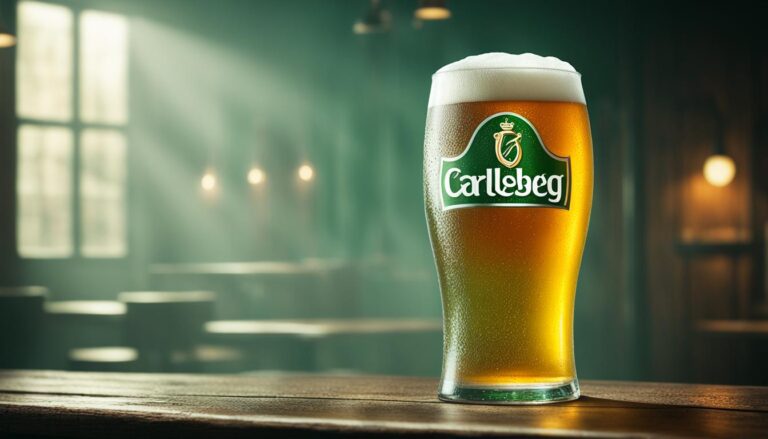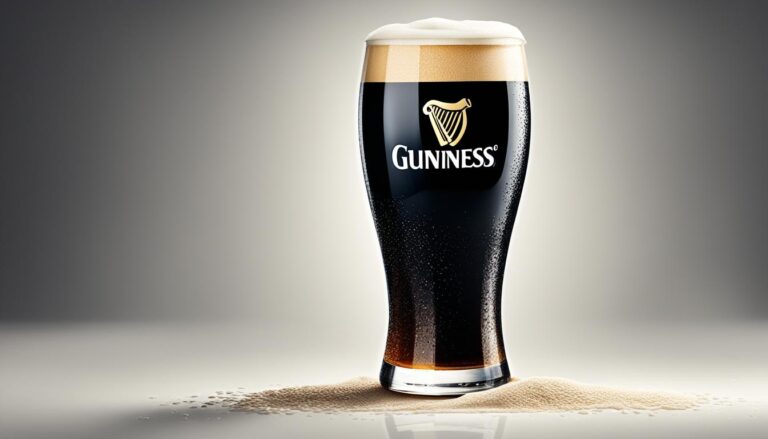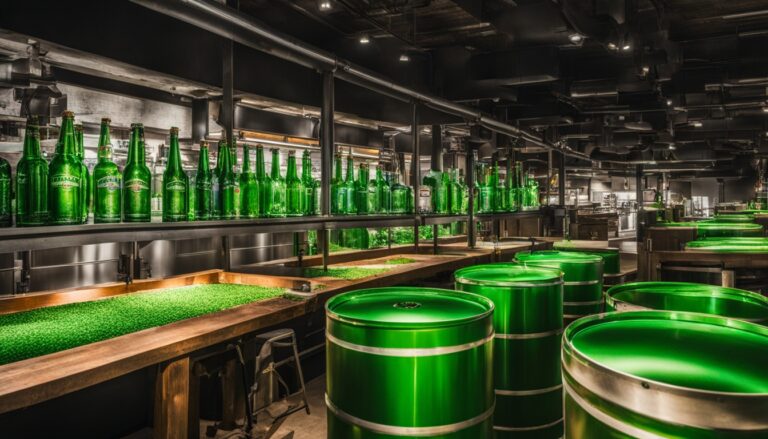Calories in Pint of Carlsberg: Pub Guide UK
Uncover the calorie content of a pint of Carlsberg beer with our handy UK pub guide – learn how many calories are in a pint of this popular Danish lager.

Uncover the calorie content of a pint of Carlsberg beer with our handy UK pub guide – learn how many calories are in a pint of this popular Danish lager.

Discover the calorie count in a pint of Guinness. Essential nutritional facts for beer enthusiasts seeking a healthier pint choice.

Embark on a captivating journey through the Heineken Experience Amsterdam – your ultimate beer tour in the heart of the city.

Savour an array of artisanal eats and craft beers in the lively atmosphere of the Vauxhall Food & Beer Garden – your go-to for al fresco dining.

Discover the best beer gardens Shoreditch has to offer for the perfect al fresco pint. Explore trendy outdoor spots in East London’s vibrant heart.

Discover the finest beer gardens in London for alfresco pints and lively atmosphere. Enjoy outdoor drinking in the capital’s top pub gardens.

Explore Bianca Road Brewery for an authentic taste of London’s finest artisanal craft beers. Immerse in the craft beer revolution with a local touch.

Embark on a journey with Anspach and Hobday Brewery, London’s home of expertly crafted artisanal beers. Enjoy local flavors and brewery tours.

Explore Beavertown Neck Oil, the go-to craft beer for aficionados. Savour this London-brewed pale ale’s perfect balance and hoppy zest.

Discover Heineken Silver Lager – a premium, lighter lager with a smooth, crisp finish. Perfect for refreshment seekers in the UK.

Explore the world of Guinness Zero, the alcohol-free stout that promises the rich, bold flavours of the classic brew with zero alcohol content.

Discover the charming Baby Guinness cocktail with our expert tips and delightful recipes to create the perfect Irish layered shot at home.
UK Brewery Tours
Typically replies within a few hours
Concierge Black will answer your questions!
🟢 Online | Privacy policy
WhatsApp us